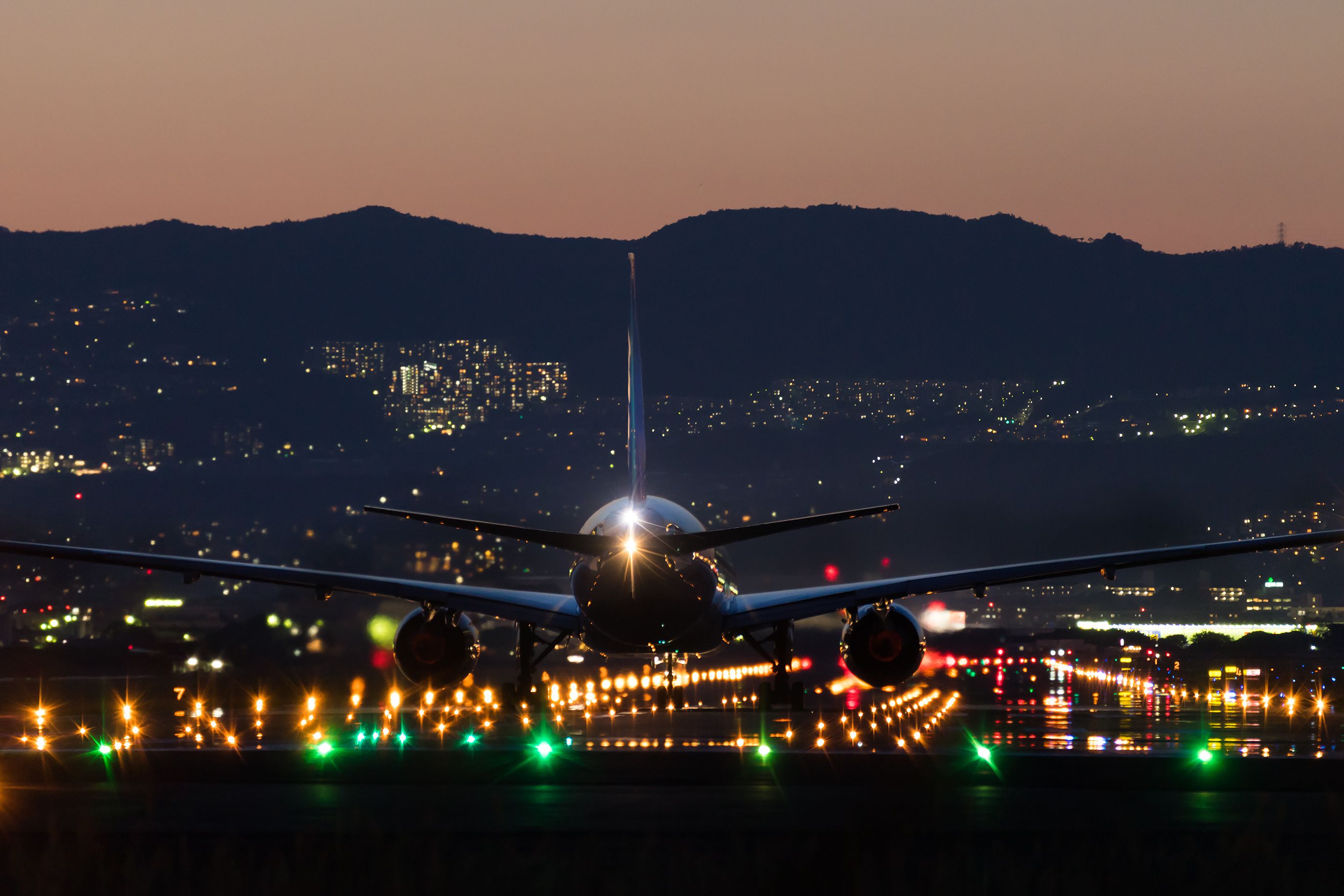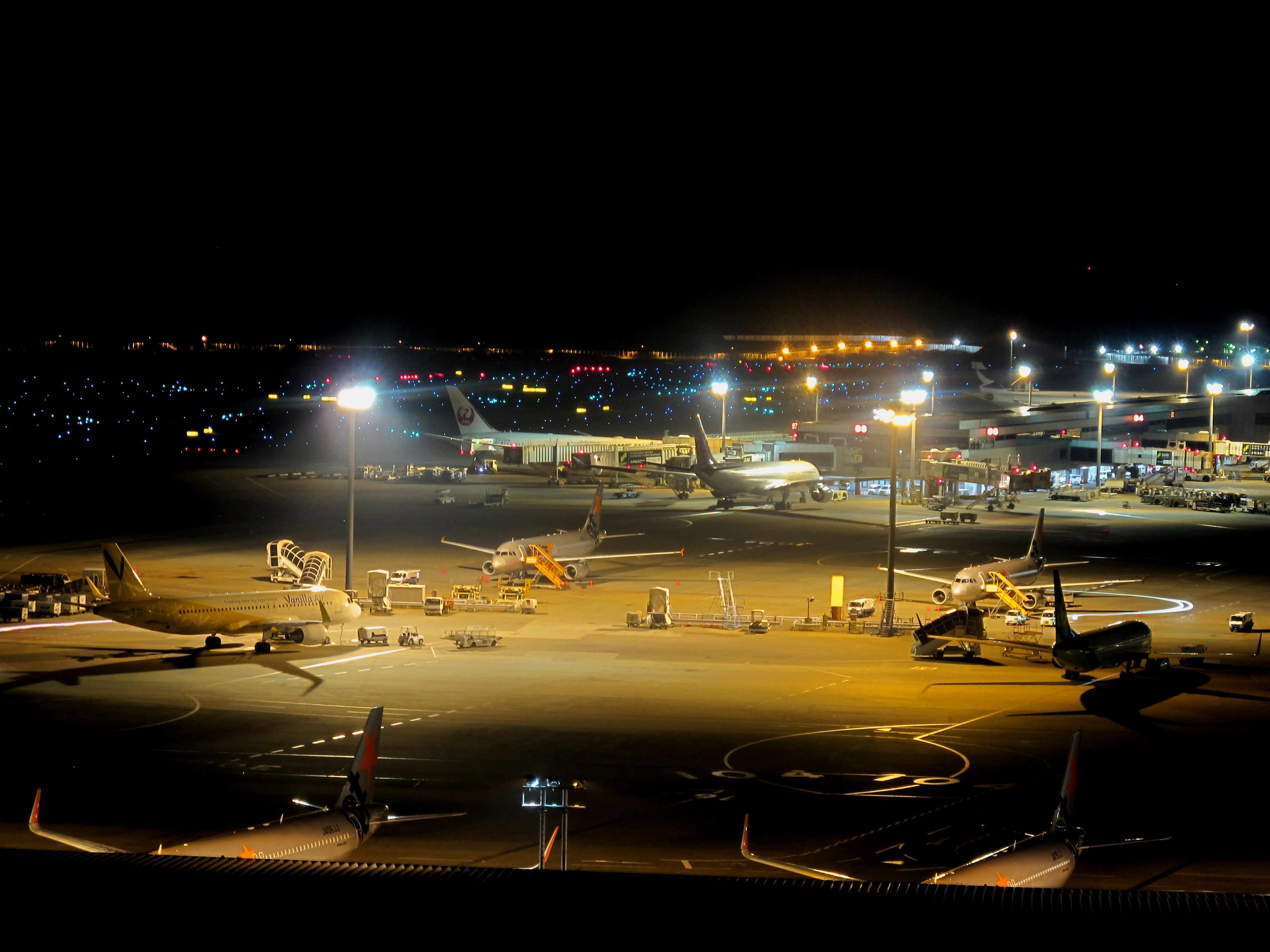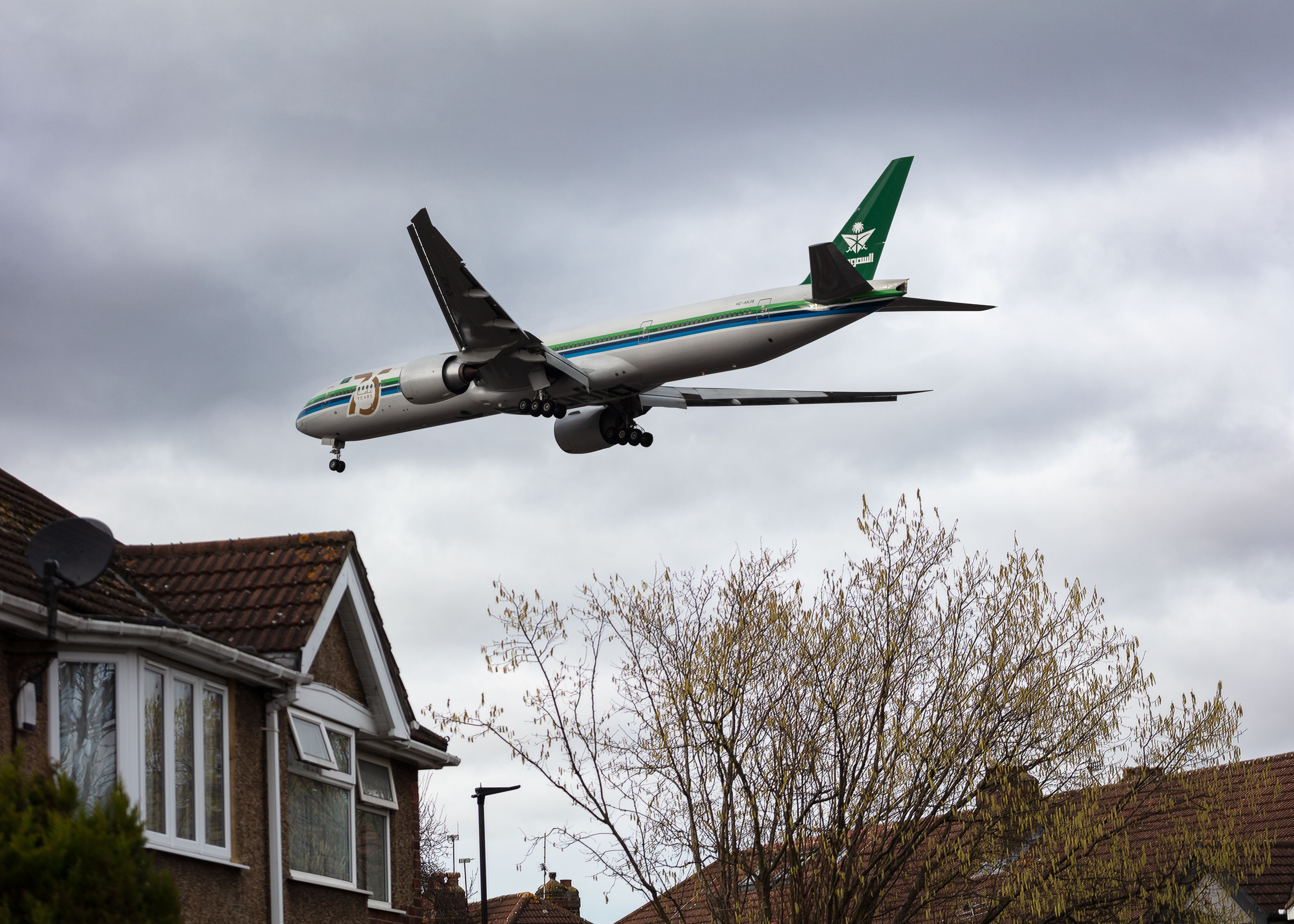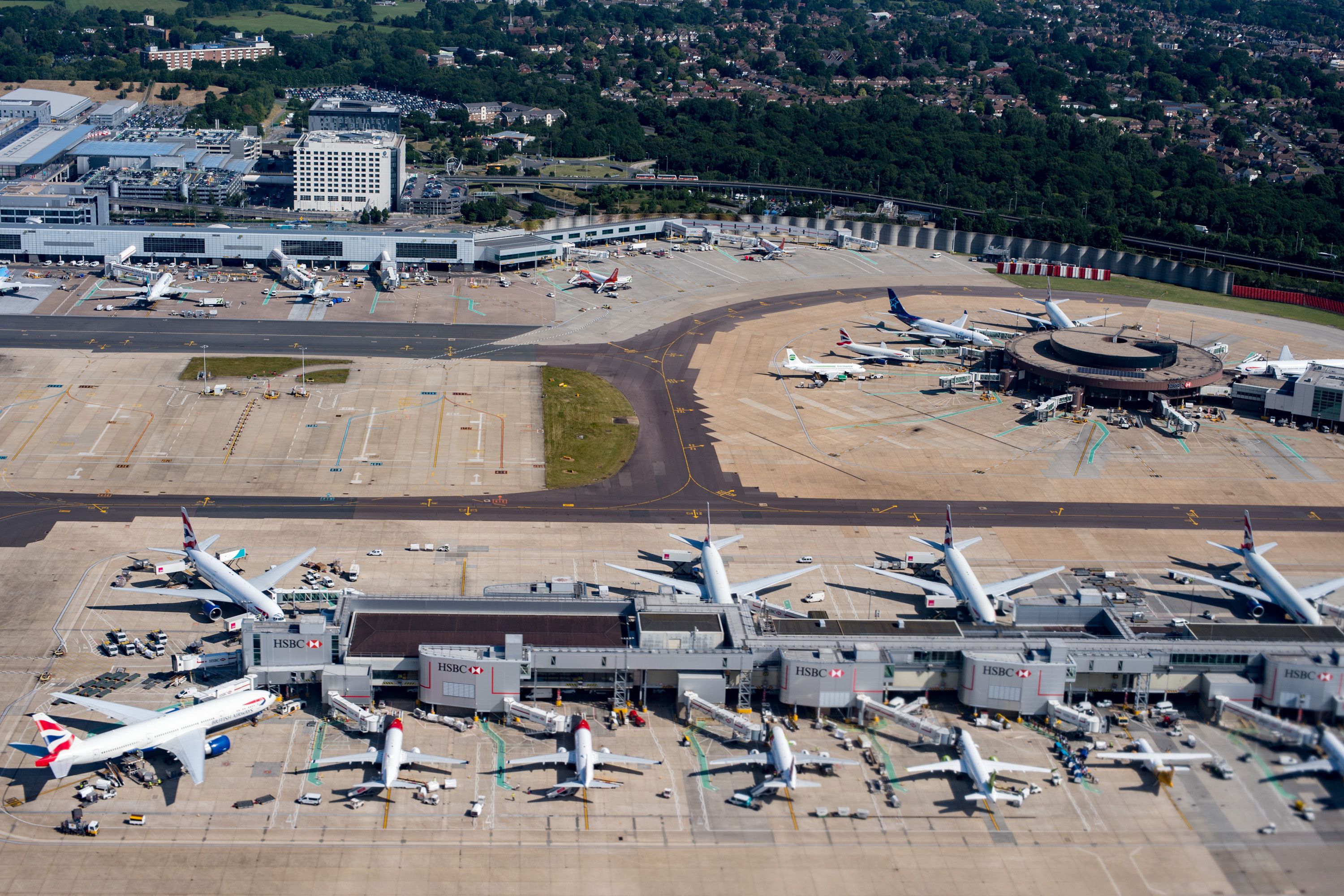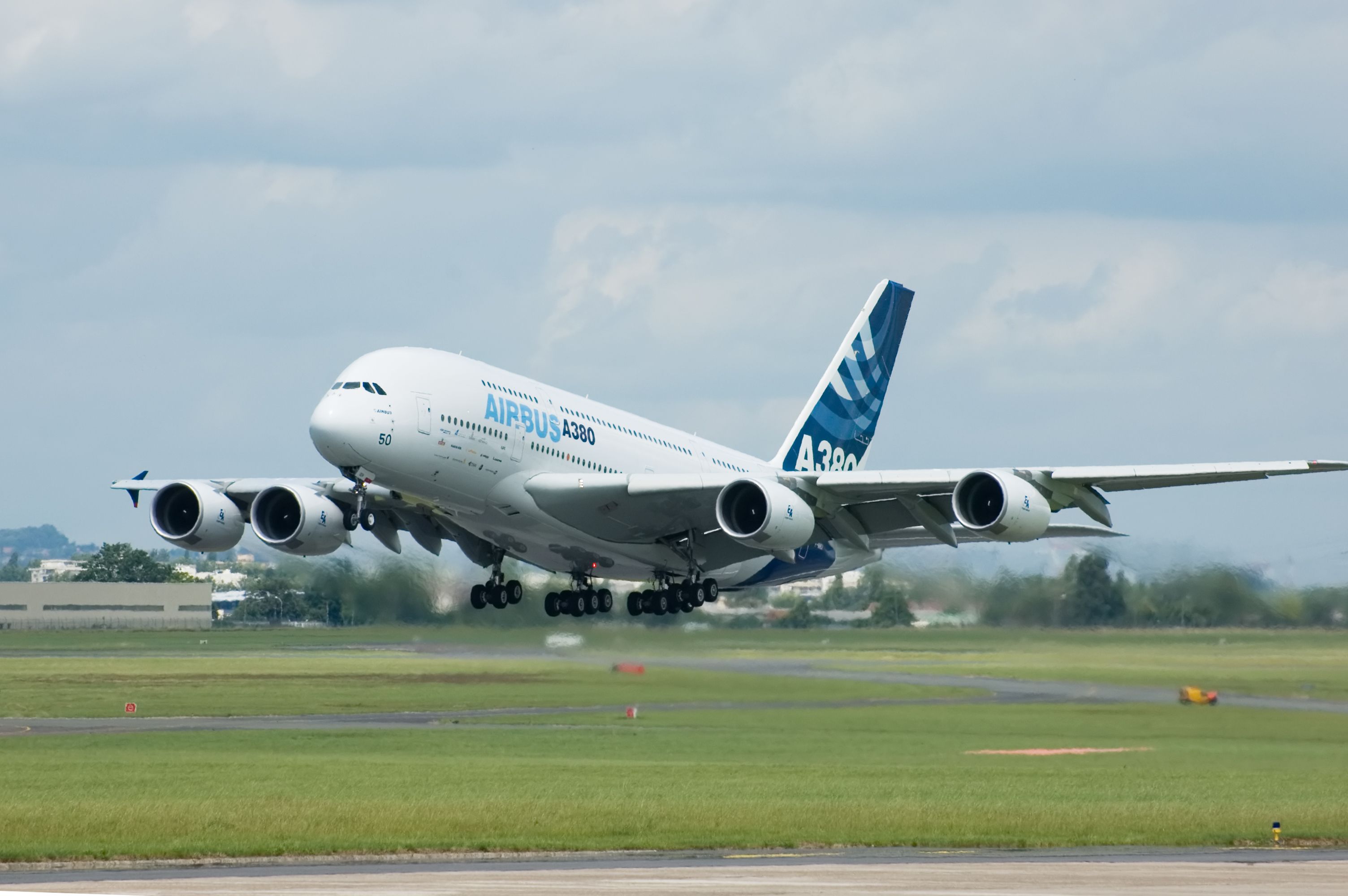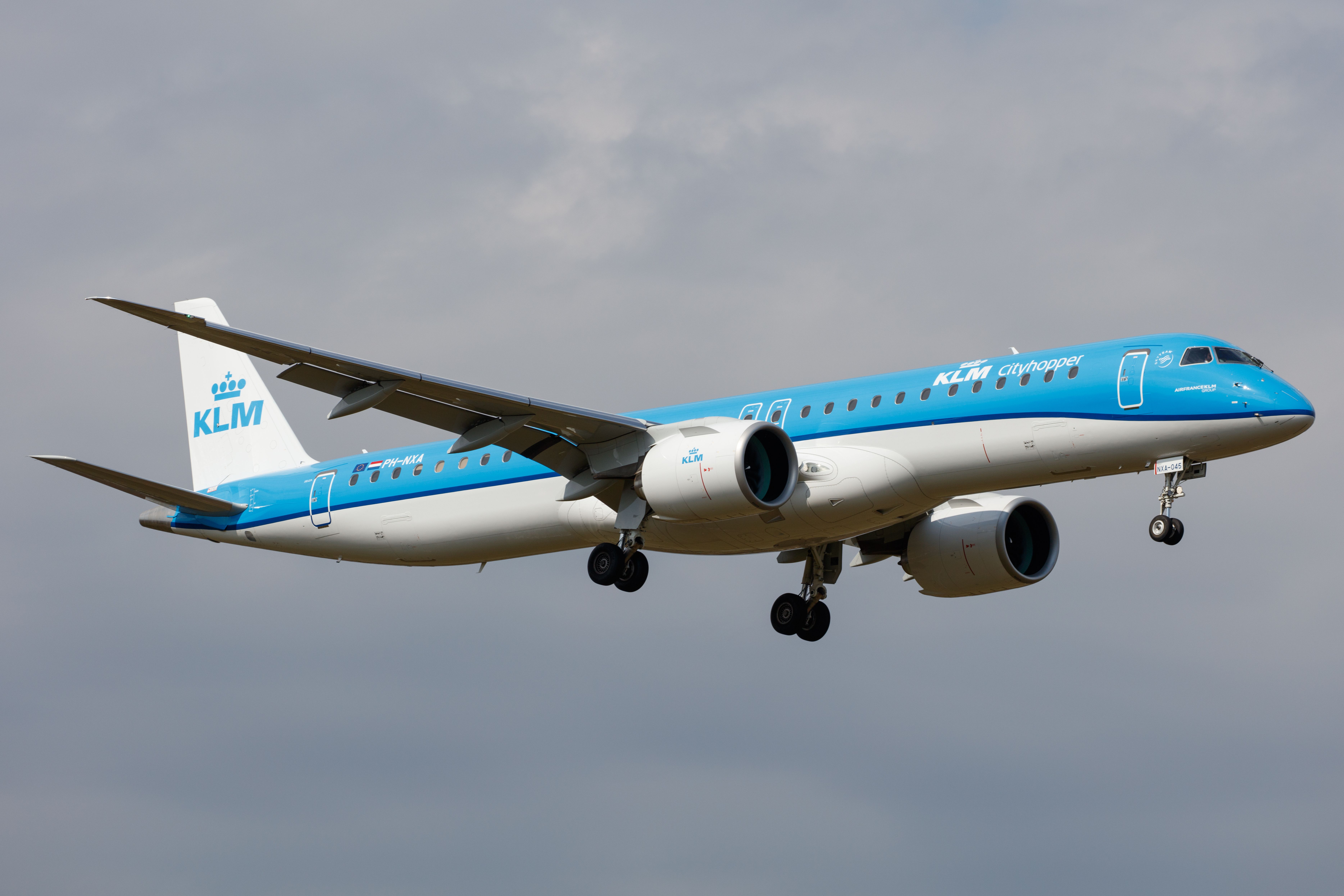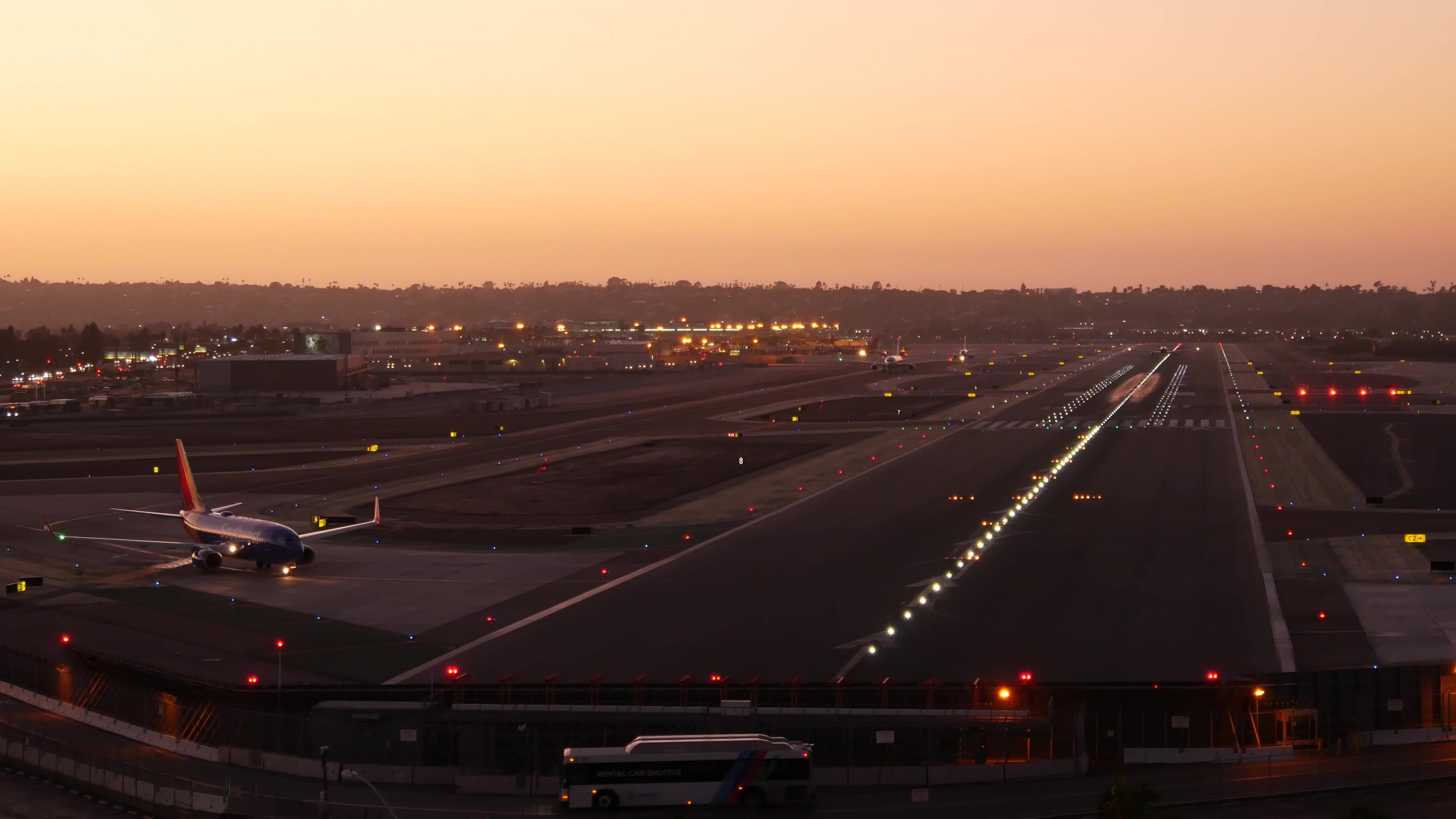Whilst there are a fair few red-eye flights in the US, you might have noticed that it's not always possible to book late-night flights in some countries. That's because of airport curfews. But what exactly are they and why do they matter?
What are airport curfews?
Airport curfews, or night flight restrictions, are regulations that prevent aircraft from operating at certain times of the night. That means that outside of these mandated hours, airlines are not allowed to perform any take-offs, landings, or taxiing.
And the reason? Well, it's an act of courtesy. As urban areas encroach closer and closer to airports in the demand for space, it's important to keep both sides happy. Airports must operate within strict hours, and residents must be allowed to get a good night's sleep - non-compliance to these regulations is a criminal offense and will lead to penalties handed down by aviation authorities.
But why are airlines forced to follow these sets of rules? Simply put, aircraft are noisy - although design and engine advances have helped newer aircraft operate at lower noise levels, most commercial aircraft emit between 80-100dB, and are even louder during takeoff. Without noise restrictions, it would be impossible for residents to comfortably live close to airports. There are a plethora of studies indicating the resulting impact of poor night's sleep including detrimental effects on mental and physical health.
But the curfews also tie into more than just individual impact. It's economic as well. As housing space becomes more competitive, populations are forced closer to the auricular and visual assault that is the modern-day airport operation. A concern for consistent airport activity is that the value of housing situated near airports would go down, creating a belt of unprofitable land.
How many airports have a curfew?
Late-night aircraft activity is standard practice for many - for example, in the US there are just a handful of major airports enforcing curfews, such as San Diego and Seattle. However, in Europe, more airports uphold night flight restrictions than the rest of the world - complying airports tend not to allow take-off or landings overnight, ban certain aircraft from operating during these times, or have a quota system in place to limit activity.
For example, in the UK, Gatwick, Heathrow, and Stansted airports work off a quota system called Quota Count. These rules came into place in 1993 and apply between the hours of 23:30 and 06:00.
On its website, Gatwick Aiport says:
"There are restrictions on the level of night time noise that is allowed and the number of planes that can fly at night. On average, Gatwick has 45-50 flights a night in the summer, and 18-20 a night in the winter."
A quota is allocated per airport to allow the departure and arrival of night flights. Aircraft are ranked from noisiest to quietest according to their EPNdB (effective perceived noise in decibels) levels, and a portion of the quota is deducted depending on the noise pollution. For example, the noisiest aircraft (emitting over 101.9EPNdB) take up 16 aircraft points, while the second noisiest planes take up eight.
Check out our guide on the ins and outs of London Heathrow Airport's curfews!
Amsterdam Schiphol Airport is another major European hub implementing strict noise emission targets for nighttime flights - Dutch flag carrier KLM has responded by investing in new planes and adjusting schedules, with the aim of cutting noise by 20% during the day and 15% at night.
While local residents clearly benefit from curfews, airports will take a hit as it means they handle fewer operations each day - in the case of Brisbane Airport, implementing a night curfew and flight caps came at an estimated loss of 9,000 jobs and up to a billion dollars.
So what does this mean for airlines?
Essentially, if airlines want to bypass night curfews where they apply, they need to operate aircraft with quieter engines. When you look at the spec for new aircraft, it's not only the passengers that benefit from a reduced noise cabin. Scheduling decisions are also very important in this regard, as airlines will look to deploy their quietest aircraft on night flights.
The Airbus A380 is generally accepted as the quietest long-haul aircraft cabin, alongside the Boeing 787 Dreamliner. Aircraft that use geared turbofan engines, like the Boeing 737 MAX, Airbus A220 and Airbus A320neo, are some of the quietest when it comes to single-aisle jets. For example, Stansted Airport's Flight Evaluation Unit recorded a considerable 40% reduction in noise from Ryanair's 737 MAX 8-200 fleet compared to its Boeing 737-800 jets.
Embraer aircraft are renowned for their quietness - models like the ERJ-190 are around 50% quieter than the popular Boeing 737-800, while its E2-family range takes the crown as the quietest narrowbody jets in the world.
Discover more aviation news with Simple Flying.
But not all airlines can employ quieter aircraft, so it becomes even more crucial that they run a tight schedule. Missing a departure slot could mean being stranded at the airport until morning, or being hit with fines.
On a flight from Geneva in 2019, a member of Simple Flying staff was delayed due to French ATC strikes. When the plane was eventually boarded, the pilot's voice came over the tannoy in a panicked tone. The pilot said they needed to quickly de-ice and head off from the airport before the airport curfew came into effect. At 00:26 the aircraft took off from Geneva with just four minutes to spare before GVA's 00:30 night flight restriction!
What happens if you break the rules?
Aviation authorities are invested with the power to impose fines on airlines that run afoul of curfews, and these fines can be considerable. For example, Sydney Airport can levy a maximum fine of $550,000 ($366,000) for violations - although this amount would be reserved for severe, repeat offenders - while Heathrow increased its penalties by 5x over the pandemic.
Despite these penalties, it seems some airlines are perfectly fine breaking the rules if the fines are lenient enough. According to a report from inewsource, 89 flights departed San Diego after its 23:30 curfew in 2022, with the airport recording 337 violations over the past six years. San Diego's fines are relatively tame - airlines will pay $2,000 for the first offense, $6,000 for the second and $10,000 for the third, and airlines get their slates wiped clean every six months.
For the most part, airlines strive to make sure they arrive at their destination before a curfew kicks in or risk facing a hefty penalty. If a flight isn't able to take off on time, you will find carriers will often cancel it altogether as it's simply not worth the hassle (and the money) to arrive, or take-off, during a curfew.
Have you ever been affected by night flight restrictions? Do you think more airports should enforce restrictions? Let us know in the comments.
Source: inewsource

